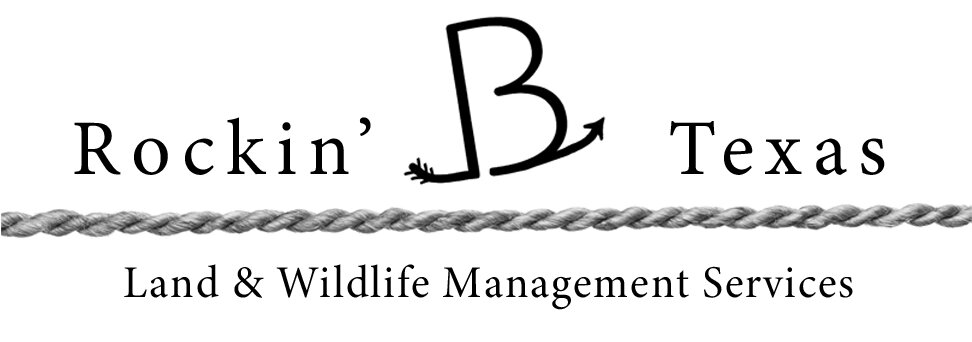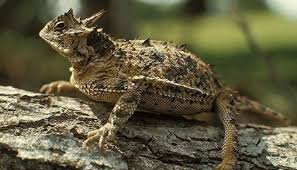Understanding Texas Wildlife Tax Valuation: Is Your Land Eligible?
If you own land in Texas, you may have heard about the option of obtaining a wildlife tax valuation instead of an agricultural one. But what exactly is a wildlife tax valuation, and does your land qualify? Let's explore these questions and shed light on the process of obtaining a wildlife valuation in the Lone Star State.
What is a Texas Wildlife Tax Valuation?
A Texas wildlife tax valuation, also known as a wildlife management use valuation, is a property tax incentive program designed to encourage landowners to actively manage their land for the benefit of native wildlife species. Under this valuation, landowners can receive a significant reduction in property taxes if they meet specific criteria outlined by the Texas Parks and Wildlife Department (TPWD).
Does My Land in Texas Qualify for a Wildlife Valuation?
To qualify for a wildlife tax valuation in Texas, your land must meet certain eligibility requirements set forth by TPWD. These requirements typically include:
Agriculture Appraisal: Only properties that are currently being appraised as agricultural lands or timber lands may convert to appraisal based on wildlife management. Landowners wishing to apply for wildlife management appraisal must include with their application a wildlife management plan. A wildlife management plan and application needs to be written and submitted to the County Appraisal District before May 1st.
Minimum Acreage: These requirements vary by county. But you will usually need a minimum of 10-15 acres to be eligible for ag exemption. These rules could also vary based on the type of agriculture activity. For example, if you're a beekeeper, you'll need a minimum of approximately 5-10 acres to qualify.
Habitat Quality: Your land must provide suitable habitat for native wildlife species, cover, food sources, and water sources. This can include forests, grasslands, wetlands, and riparian areas.
Management Plan: You must develop and implement a wildlife management plan approved by TPWD, outlining your strategies for conserving and enhancing wildlife habitat on your property.
Annual Reporting: Landowners are required to submit an annual wildlife management report to TPWD documenting their efforts to maintain and improve wildlife habitat.
How Do I Get a Wildlife Valuation?
To obtain a wildlife tax valuation for your land in Texas, you must submit an application to your local appraisal district along with supporting documentation, including your approved wildlife management plan and any other required forms or reports. It's essential to familiarize yourself with the specific requirements and deadlines set by your appraisal district to ensure a smooth application process.
Do I Have to Have an Agriculture Valuation Before Applying for a Wildlife Valuation?
Yes. To qualify for productivity appraisal of open-spaced land based on the agricultural practice of wildlife management the property must: (1) be currently appraised as open-spaced land based on agricultural use; (2) the primary use of the land must be wildlife management; (3) the land must be actively managed through the implementation of a wildlife management plan to sustain a breeding, migrating, or wintering population of indigenous wildlife for human use, including food, medicine, or recreation; (4) the landowner must select and implement at least three of the wildlife management practices listed in Texas Tax Code.
What Wildlife Practices Must I implement for a Wildlife Valuation?
“Wildlife management” is defined by the Texas Tax Code as actively using the land through at least three of seven wildlife management practices (habitat control, erosion control, predator control, providing supplemental water, providing supplemental food, providing shelters, or conducting census counts) to propagate a sustaining breeding, migrating, or winter population of indigenous wild animals for human use, including, food medicine, or recreation. Land can also qualify for appraisal based on wildlife management use if it is being used to protect a federally listed endangered species under a conservation easement or as part of a qualifying habitat conservation plan.
Is a Wildlife Valuation Easier to Maintain if I'm Not an Agriculture Person?
Yes, a wildlife tax valuation can be easier to maintain for landowners who are not involved in agriculture or ranching. Unlike agricultural operations, which may require intensive management and investment, wildlife management can be less labor-intensive and costly, making it an attractive option for landowners who prefer a more hands-off approach to land stewardship.
In conclusion, a Texas wildlife tax valuation offers landowners an opportunity to conserve and enhance wildlife habitat while enjoying significant property tax savings. By understanding the eligibility requirements and application process, you can determine whether your land qualifies for a wildlife valuation and take steps to pursue this valuable tax incentive.


